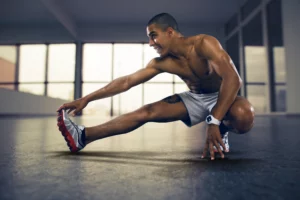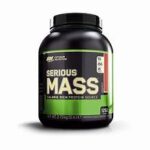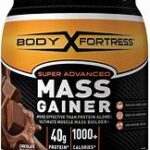A muscle strain is a tear in one of your muscles that occurs as a result of an injury. They are among the most common injuries, especially in sports. Strains are classified into three categories based on their severity. The majority of people may recover by resting their muscles and using at-home treatments like ice and over-the-counter medication. If you are in pain for several weeks after your injury or have severe symptoms, see your doctor.
A stretched muscle is not distinguished from a pulled muscle. The terms are often used interchangeably. A strained or torn muscle is the same. They are both caused by the same injury and have similar symptoms and treatments. Overuse can cause muscle strains and hernias, which are not the same thing. Tears in the muscle fibers cause muscular strains. Unless the strain is severe, you can treat it at home by resting, using ice, and taking over-the-counter medication. Hernias develop when one of your internal organs or another part of your body ruptures the muscle or tissue wall that normally holds it in place. Hernias rarely heal on their own and will nearly always require surgery to repair.
Without proper treatment, you may experience recurring injuries, pain, and muscle weakness while doing regular duties. It is particularly unpleasant during physical exertion and exercise. To cure a torn muscle rather than a strained one, surgery may be required in some cases. Before considering surgery, your doctor will consider your age, type of injury, symptoms, and other factors. Surgery is often reserved for cases of significant muscle injury.
The kind and severity of your injuries dictate your treatment options. Physical therapy may also be required. Muscle tears or ruptures may demand surgery. You and your doctor will discuss all surgical and nonsurgical muscle restoration options.
The majority of muscle strains are minor and do not require medical care. Muscle strain treatment entails the use of the appropriate ingredients as well as a relaxing environment. You might need the following materials: Pain relievers are cushioned by an ice bag, a towel, and a compression bandage, such as an ACE bandage. You may need support equipment to help stabilize the injured muscle, especially if it affects one of the limbs. Here are a few examples: a wheelchair, crutches, a sling, and a brace
All of these gadgets are only temporary if properly cared for.
Rest by giving yourself enough time to recover and avoiding physical exertion. This can help with tight muscles and other issues. Ice your muscles for 20 minutes at a time four to eight times a day, using cold packs with a barrier between them and your skin.
Constantly apply light pressure on your muscle to compress it. This lowers swelling and inflammation, which are both known to impede healing. Lift an affected limb with pillows or other devices while sleeping.
Bottom line
These strains can be excruciatingly painful and limit movement in the affected muscle area. Mild to severe strains can be successfully treated at home with ice, heat, and anti-inflammatory medications. Medical treatment may be required for severe strains or tears. These strains can be excruciatingly painful and limit movement in the affected muscle area. Mild to severe strains can be successfully treated at home with ice, heat, and anti-inflammatory medications. Medical treatment may be required for severe strains or tears.










